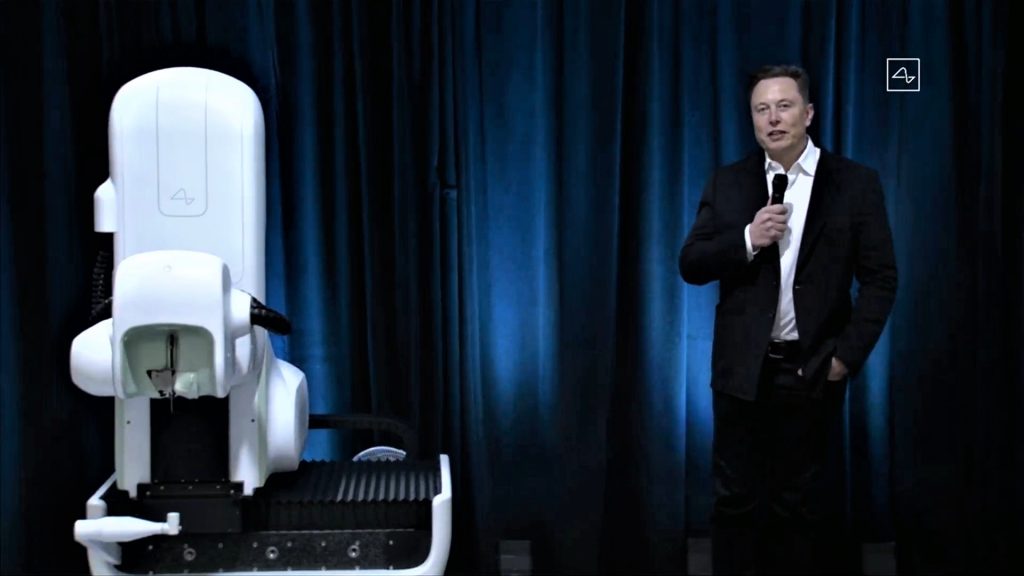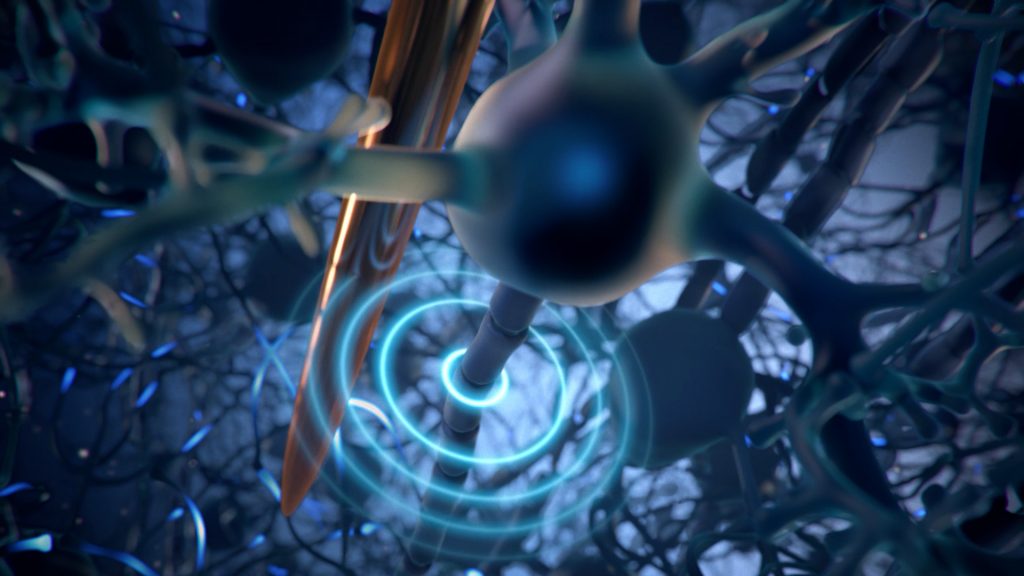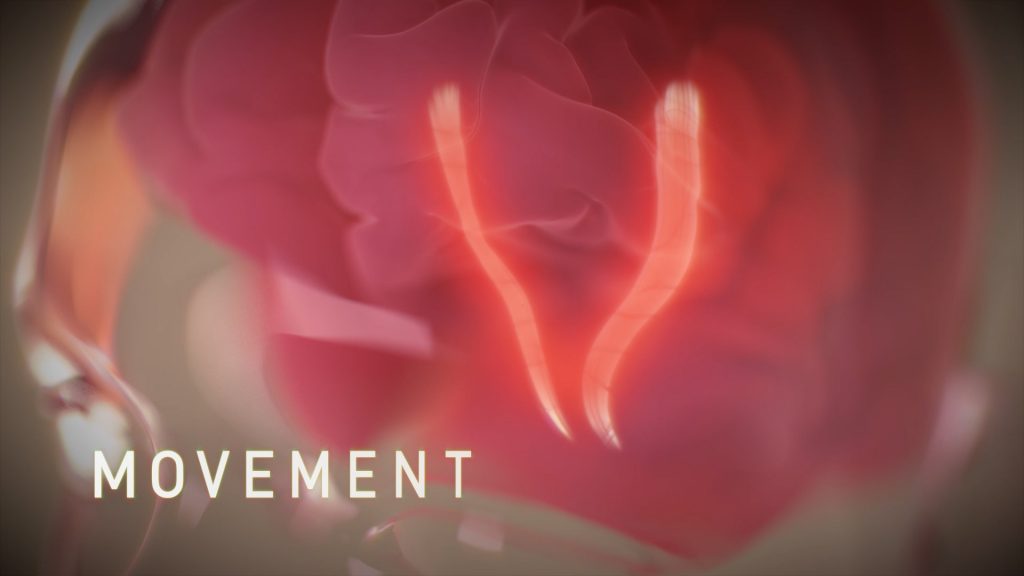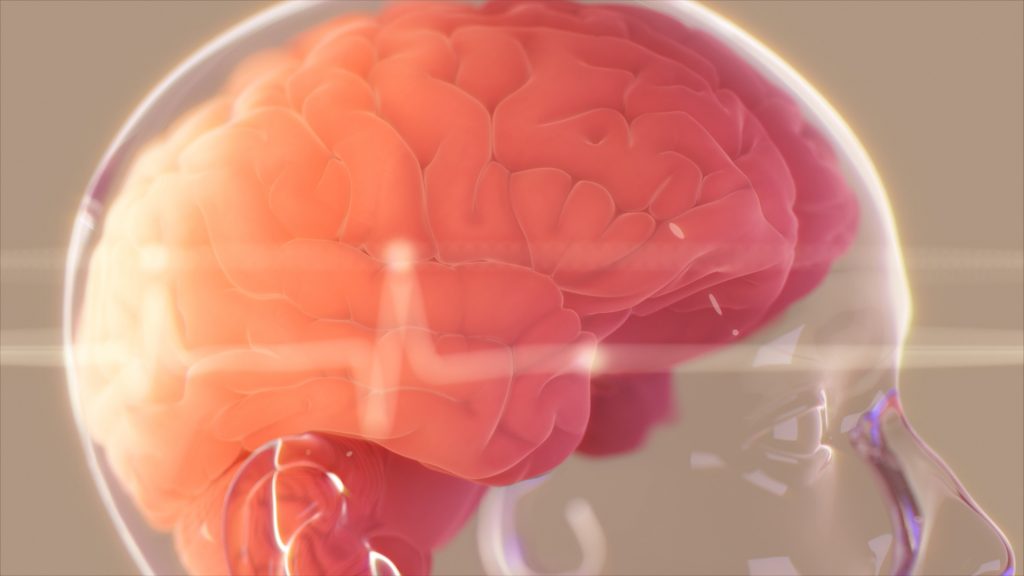Brain-machine interfaces (BMI) are designed to perform tasks such as translating neuronal information into control instructions for an external computer or prosthetic arm. To better design a BMI, you first need to understand the intricacies of the brain and its function. XVIVO was recently tasked with creating an animation that provides a 30,000-foot overview of neurophysiological signaling in the human brain to help the team at Neuralink describe the science that underpins their BMI device development.
Neuralink is developing a brain-machine interface that can simultaneously record from specific brain areas, interpret the incoming neurological signals, and selectively stimulate regions of the brain to elicit specific desired responses. The Neuralink team includes Max Hodak, a Silicon Valley entrepreneur who has a background in biomedical engineering, and Elon Musk, serial entrepreneur most well-known for his involvement with Tesla Motors and SpaceX.

Using electrodes that are no bigger than a hair allows Neuralink to pack them densely and, in theory, record and stimulate more selectively than with larger electrodes. The first iteration of their BMI is designed to use 1000 electrodes per device, and multiple can be implants (contrast that with the typical 10 electrodes contained in currently-available devices for deep brain stimulation). More electrodes bring the possibility of delivering more information simultaneously and increasing the resolution of data transfer.

In principle, patients with brain disorders as varied as Parkinson’s disease, spinal cord injury, or sensory impairment could benefit from a device similar to Neuralink’s BMI. The first application of the Link will be to help people with paralysis regain independence through brain control of computers and mobile devices to assist them with communication.

While it is no easy task to animate the structure and function of something as complicated as the human brain, XVIVO delicately balanced scientific accuracy with visual clarity to help contextualize Neuralink’s work. To hear more from the Neuralink team about their goals, research, and device development, you can watch a recording of the launch event from July 2019 or the progress update event held August 28th 2020. Explore the Neuralink website for more information.
